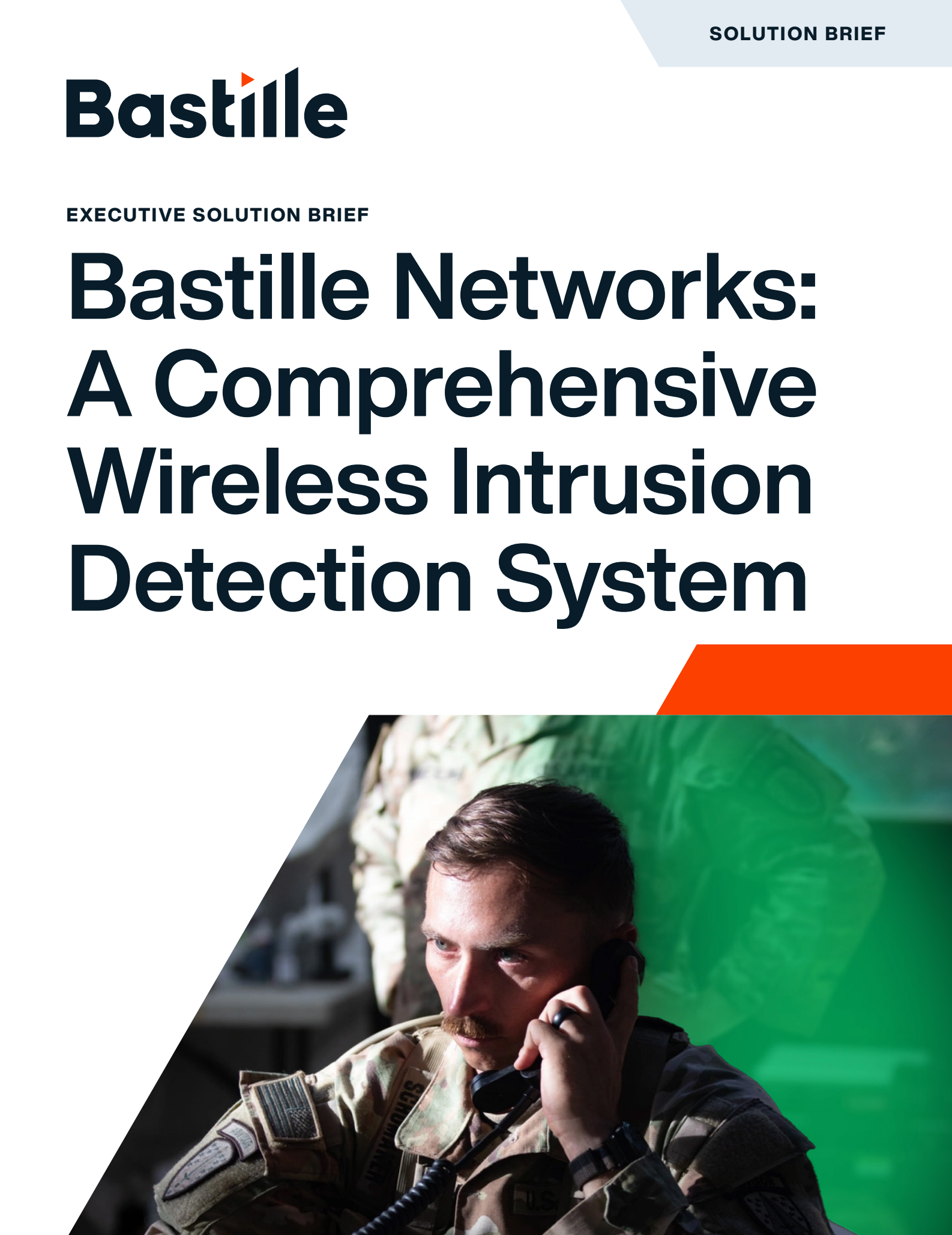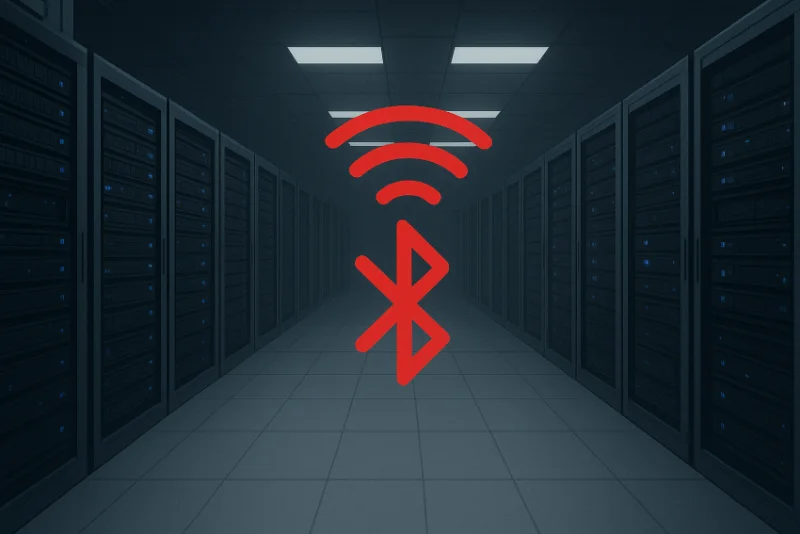
The Growing Wireless Attack Surface
Corporate environments now host thousands of unmanaged wireless devices, ranging from tablets, wireless headphones, Bluetooth-enabled coffee mugs, and wireless peripherals to employee phones and smart building controls, each of which is a potential threat vector. Unmanaged radios now outnumber managed assets in many enterprises. Meanwhile, as wireless communications technologies evolve, so do the vulnerabilities they contain. In 2024 alone, researchers identified more than 700 new wireless vulnerabilities, representing a 25% increase in new wireless CVEs compared to the previous 27 years. Smart buildings and bring‑your‑own‑device policies amplify risk. Security leaders who once focused on wired and cloud infrastructure now treat radio-frequency (RF) traffic as equally critical, leading to the rise of wireless threat detection capabilities to protect the enterprise.
Wireless Threat Detection Matters
Wireless threat detection has become a crucial solution for protecting enterprises from wireless-based attacks, providing continuous RF visibility and enabling defenders to respond more quickly to adversaries.
- Early discovery of rogue activity: Real‑time monitoring flags suspicious SSIDs, unauthorized cellular hotspots, and abnormal Bluetooth behavior before data leaves the premises.
- Comprehensive asset inventory: Continuous scanning creates a living record of every transmitter from 100 MHz to 7.125 GHz, closing gaps that auditors highlight.
- Accelerated investigations: Context-rich RF forensics identify the device, user, and physical location involved, reducing the mean time to contain.
Industries with strict mandates, including finance, healthcare, and critical infrastructure, utilize wireless threat detection reports to demonstrate compliance with PCI DSS v4.0, HIPAA, and ISO 27001 controls.
The 2025 Wireless Threat Landscape
Attackers exploit a diverse mix of wireless attack vectors. For example:
- Rogue access points can create man‑in‑the‑middle positions to harvest credentials and gain validated network access
- Unauthorized hotspots allow attackers to establish unmonitored data connections, enabling them to exfiltrate data or gain unauthorized network access.
- Bluetooth data connections bypass common wireless network defenses and can serve as avenues for side-channel data exfiltration or audio and video surveillance.
- IoT devices communicate using protocols that most enterprises cannot monitor, allowing attackers to establish covert communications channels without fear of detection.
Security programs must detect these events at the RF layer before they escalate into serious breaches.
Bastille Wireless Airspace Defense
Bastille elevates basic wireless threat detection into a complete Wireless Airspace Defense platform that operates with 100 percent passive sensors:
- Discover every radio‑enabled asset across 100 MHz to 7.125 GHz without disrupting production traffic.
- Locate threat devices through AI‑driven localization rendered on floor plans of the monitored space.
- Analyze Wi‑Fi, Bluetooth, IoT, and cellular signals and correlate findings with XDR, CAASM, and Zero‑Trust ecosystems.
- Respond via real‑time alerts and automated SOAR playbooks that trigger network response options or dispatch physical security.
- Report historical RF forensics that investigators and auditors can review at any point in time.
Proven Outcomes
Fortune 500 customers report a 60% reduction in wireless incident dwell time after deploying Bastille’s Wireless Airspace Defense solution. SOC analysts reclaim hours each week by avoiding false positives and accelerating investigations with accurate location and forensic capabilities. Bastille received the 2025 SC Award for Best Threat Detection Technology for its work in wireless threat detection.
Bastille addresses many real-world use cases that enterprises face:
- Insider threat using mobile devices: A user brings several wireless devices to the corporate offices over a weekend for unknown reasons, contrary to established security policies. Bastille detects the devices and triggers a SOAR workflow that notifies physical security teams, who intercept the user and prevent any potential data compromise.
- Shadow Wi‑Fi bridge: A contractor installs an unauthorized Wi-Fi bridge for “temporary” access. Bastille identifies the rogue SSID and alerts physical security to remove the hardware.
- Bluetooth audio surveillance: A visitor leaves a wireless Bluetooth earbud in a conference room connected to a mobile phone with a recorder application. Bastille captures the anomalous Bluetooth traffic and pinpoints the attacker’s handset before it can intercept any sensitive or privileged information.
- IoT security violation: A contractor configures a data center chiller to communicate over Zigbee, allowing access to its control panel from the parking lot and bypassing both physical and network security controls. Bastille detects the open communications channel and alerts the data center security team to the policy violation.
Looking Ahead
Private LTE/5G networks, the advent of Wi-Fi 7, and the continued proliferation of Bluetooth and IoT devices will expand the RF frontier. Bastille continues to refine detection models and extend spectrum coverage, enabling defenders to stay ahead of emerging techniques.
Key Takeaways
- Wireless risk is accelerating: 2024 saw a 25 percent increase in new wireless CVEs compared to the previous 27 years.
- CISOs should now consider continuous RF visibility as equally important alongside perimeter, endpoint, and cloud monitoring.
- Bastille transforms wireless threat detection into actionable defense through discovery, precise emitter localization, advanced analytics, and automated response.
- Rapid deployment and measurable reductions in mean-time-to-detect and mean-time-to-respond position Bastille as a trusted choice for organizations that treat wireless communications and devices as critical infrastructure.
Ready to protect your wireless airspace? Contact Bastille today.




